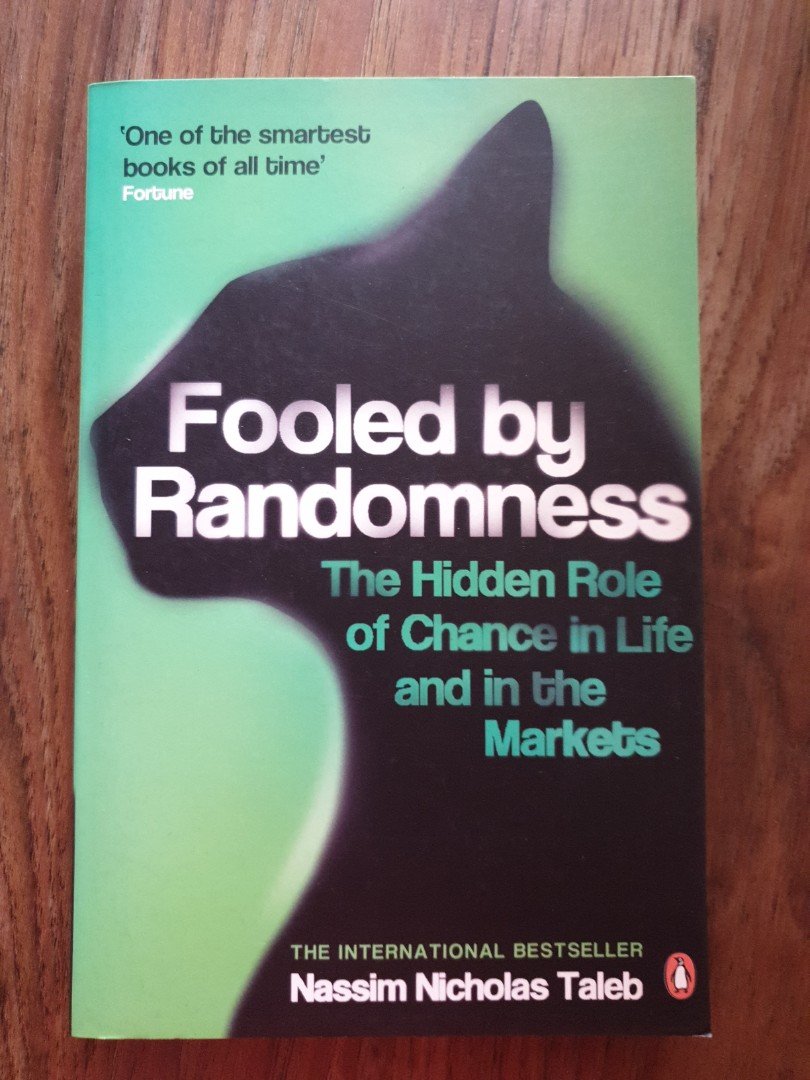Overview:
1. Find a sexy angle
2. Analyze the financials
3. Read the annual report
4. Get skin in the game
5. Read earnings calls
6. Understand the leader
7. Understand value prop
8. Read analysis by others
9. Monitor execution
10. Maintenance due diligence
Lets go!
1. Find a sexy story or angle
This is how I begin my research.
It starts with either:
• a product
• a story
• a founder
... that gets me curious.
I think stock screeners are helpful...
But I don’t use them.
I prefer to research companies that genuinely excite me.
2. Analyze the financials
I then proceed to analyze the numbers for the last 2-3 years.
Which is about 8-12 quarters.
Stuff like:
- Revenue growth
- Gross and EBIT margins
- Key customer metrics
- Free cash flow
Seeing the numbers tells me a story.
3. Read the annual report
If the numbers and story are exciting...
I dig deeper into the business through the 10K.
I want to understand the business model...
How they make money...
And the customers they serve.
A step by step guide for you:
https://t.co/wNKpnSa91N
4. Get skin in the game
I proceed to buy a small starter position of 1-2%.
This is NOT necessary.
But I like to do it to get myself committed.
Buying a small % pushes me to research the company with more urgency and energy.
Also changes my identity to that of an OWNER.
5. Read earnings transcripts
I then read the earnings transcripts of the last 6-8 quarters.
I want to get a feel of how management communicates...
I want to know the vision they are moving towards...
Challenges they are facing...
And also the tone of the CEO.
6. Understand the leader
I then listen to interviews with the CEO or founder.
Via Spotify or Youtube.
I want to understand his or her:
- thinking process and logic
- values and priorities
This helps me sleep well when the stock crashes
(which it will sooner or later)
7. Understand the value proposition
I will read forums or reviews by customers...
To try and understand WHY customers love the product!
This is much easier for B2C companies.
Knowing this gives me confidence to size my bet larger if I want to.
8. Read analysis by others
I do this step at the very back...
Only after I have formed my own opinions, then I read the reports by others.
Seeking alpha, substack, whatever.
I want to hear different views of looking at the company.
Helps me spot gaps I may have missed.
9. Monitor their execution across quarters
I then let the company prove themselves.
I watch their numbers, their operations, their results.
If it executes well, I add to my position.
If they suck, I keep my small position or sell out.
I let them win me over with time.
10. Maintenance due diligence
I speak to other investors who own the business...
I continue reading articles and analysis of the stock...
The initial steps above can be done in just a few hours of “quick and dirty” research...
But this last step will take months or quarters.
Context:
This is NOT the best way to research a company.
It's just how I do it with limited time...
while holding my 9-5 job.
I hope this has been helpful.
The initial steps will only take 3-4 hours.
It's the maintenance due diligence that will be an ongoing process!
Like this? Follow me at
@heymaxkoh I share how I crossed 7 figures before age 30 by investing in great companies.
Stuff I tweet about:
• My investing strategy
• Books that inspire me
• Stuff on personal growth
Still reading?
Geez. You really like me huh?
Then you should subscribe to my blog.
I write about all things Money, Investing, Financial Freedom.
But I'm lazy. So don't expect daily articles.
I write when inspiration strikes.
Or when I'm drunk.
https://t.co/vWvVqSnE0Y
Also connect with me on Instagram if you're a cool cat.
I talk about more personal stuff.
Things like:
• Fitness and habits
• Cool people I meet
• Cool shit I'm doing
• The next stock that will 100x
Screw that last one.
I ain't Jim Cramer.
https://t.co/FnWer0V9fI
RECAP:
1. Find a sexy angle
2. Analyze the financials
3. Read the annual report
4. Get skin in the game
5. Read earnings calls
6. Understand the leader
7. Understand value prop
8. Read analysis by others
9. Monitor execution
10. Maintenance due diligence
































